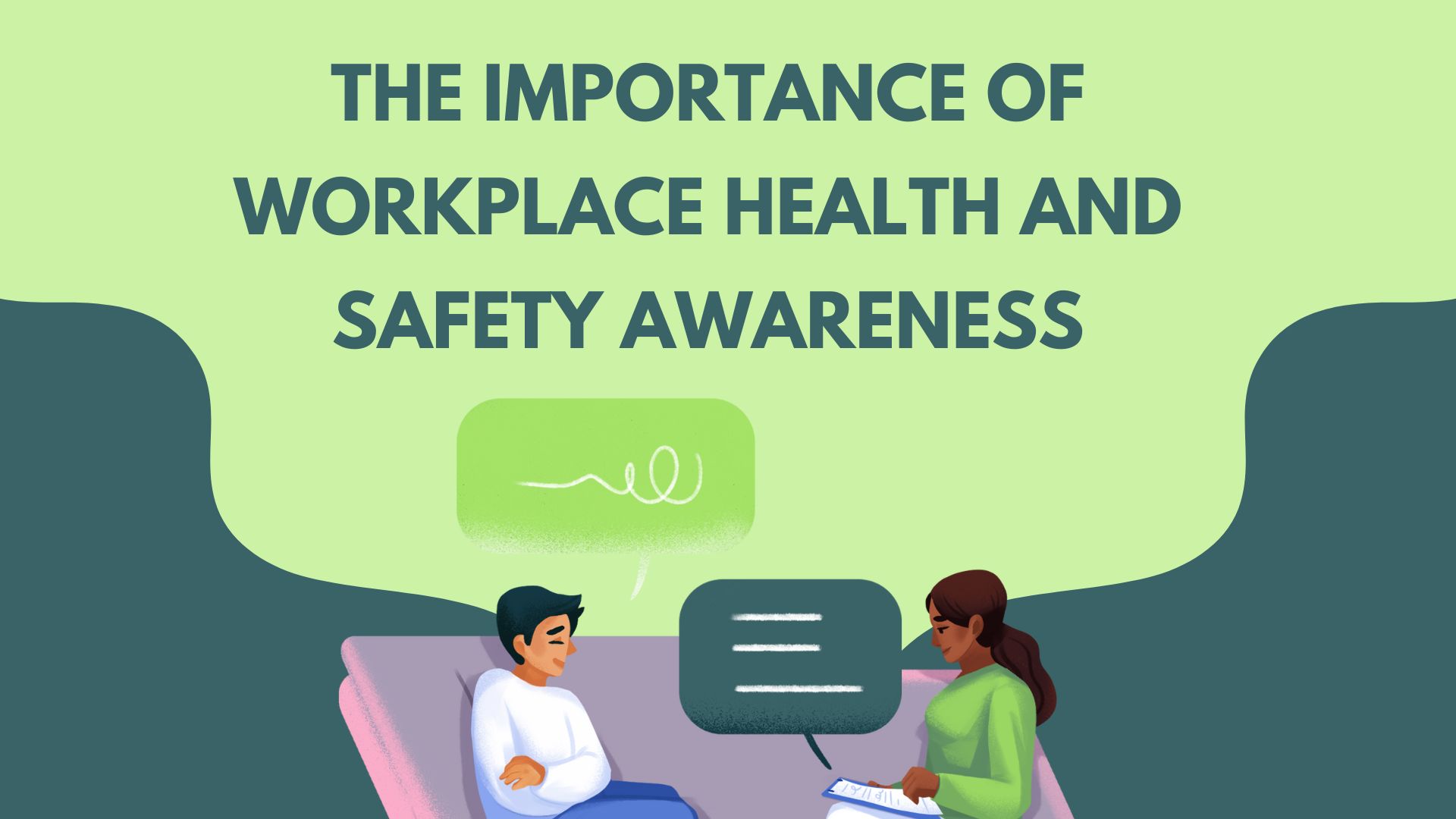A busy trade and industry centre, Singapore has historically taken pride in its efficient and productive workforce. However, have you ever stopped to think about what truly lies at the core of our nation’s triumphs? It is more than hard work and innovation: it is to create an atmosphere where every worker feels safe, valued, and sheltered. This is where workplace health and safety come into play.
It is true: we spend a large portion of our lives at work. Many of us consider our colleagues our second family and the office is seen as our other home. So, why wouldn’t we want to ensure that this “home away from home” is as safe as can be? Workplace health and safety isn’t merely a buzzword, nor should it be seen as an artificial tick on a box: it is a fundamental right and one of the most crucial aspects of our working life.
In Singapore, we’ve made great strides in this area. The introduction of the Workplace Safety and Health (WSH) Act in 2006 truly marked a watershed moment in the approach to occupational safety. Instead of prescriptive orders, we moved to a performance-based one focused on the very real need to manage workplace safety proactively rather than just follow a set of rules.
Also Read:- The Role of AI in Modern HR Software: A Singapore Perspective
Table of Contents
Workplace Health and Safety: Why Should You Care About it?
- Protecting life and health: For workplace safety, the first thing is about protecting life and health-the most valuable things in the world. Anytime a workplace is involved in an accident or sickening case, it is not just a mere figure. But rather a person, family member, or friend of somebody whose life experiences have been changed. When we become “safety first”, we essentially become custodians of life and the health of our colleagues.
- Increases productivity and morale: The workplace safety helps improve productivity. Workers are comfortable and assured during work and free from worry that knowing the environment is safe. Jobs are done quicker and better, which means an improvement of productivity as well as job satisfaction in the end. After all, who wouldn’t want to work where they know their well-being is taken seriously?
- Enhances a good image for the business: Taking care of occupational safety and health is a good thing, especially in business. Aside from maintaining a decent reputation, managing health and safety is also good in that it reduces accidents and illnesses, which may lead to losses in production and increase in the premium of insurance costs, not to mention legal tussles. So, there is a case of the business protecting itself by ensuring safety for the staff.
- Part of our social responsibility: As Singaporeans, we hold with pride this kind of communal spirit and social responsibility. Therefore, workplace safety becomes an extension of this spirit: looking out for one another for the overall good of society.
- An ever-evolving field: With the ever-changing technologies and work processes, workplace health and safety is certainly dynamic. Being in touch and current with many of the latest alerts concerning effective safety practices ensures an exciting and indeed crucial part of the world. It is an opportunity for ongoing learning, development, and growth in our careers.
Also Read:- HRMS Software for Small Businesses: SME Payroll
Workplace Health and Safety: How To Foster A Culture Of Workplace Health and Safety Awareness?
- Stay informed: Knowledge is power. Take the time to understand the safety protocols in your workplace. Attend training sessions, read safety manuals, and stay updated on the latest safety guidelines in your industry.
- Speak up: If you see something unsafe, say something. Your observation could prevent an accident and potentially save a life. Remember, in matters of safety, there’s no such thing as a silly question or an unnecessary concern.
- Lead by example: Whether you’re a CEO or an intern, anyone can be a safety champion. Follow safety procedures on a regular basis, wear protective equipment at all times, and encourage others to do so.
- Promote open communication: Produce an environment in which each of the coworkers can openly discuss safety concerns. Regular safety meetings or an anonymous suggestion box can be great to encourage open dialogue about workplace safety.
- Celebrate safety successes: Be sure to recognize and celebrate when safety goals have been met or when individuals make great strides in workplace safety. This positive reinforcement will go a long way in fostering a safety-first culture.
Note: For more information on workplace health and safety in Singapore, you can visit the Workplace Safety and Health Council’s website.






















Leave feedback about this